| |
|
|
|
|
The first job I held was as a company labor manager, and I have been handling labor matters for the 17 years since then. This Labor Union Manual you hold in your hands comes out of my experience and practical knowledge and is designed to help those dealing with labor unions.
Labor law is constructed around two basic legal structures: the Labor Standards Act, based on Article 32 of the Constitution of the Republic of Korea, and establishes minimum working conditions to protect human dignity; and the Trade Union and Labor Relations Adjustment Act, based on Article 33 of the Constitution, and designed to guarantee the three labor rights towards improving working conditions. Article 33(1) of the Constitution states, "To enhance working conditions, workers shall have the right to independent association, collective bargaining and collective action." Towards better realization of these three basic labor rights for workers, the Labor Union Act was enacted. Contrary to the intent of this law, many companies and workers perceive unions as negative organizations, but I remain convinced that the only way to protect workers' rights and improve working conditions is through union activities.
This manual makes use of the practical experience and practical data I have gained on how to establish and operate a trade union. The practical examples it provides on collective bargaining and collective action illustrate the process of establishing mutually beneficial relations between labor and management through a variety of cases arising out of collective agreements during lengthy negotiations between labor and management.
Labor-management conflict has usually led to legal determination that the employer engaged in 'unfair labor practices’, or to compensation by the union for damage caused by its misconduct or illegal actions. Attorney Sangyung Park, who has served as chief of several police stations, explains the police investigation and prosecution investigation process, which are the agencies that investigate such conflicts. The police investigation process is the same as the process taken by a labor inspector at the Ministry of Employment and Labor when dealing with labor cases.
|
|
|
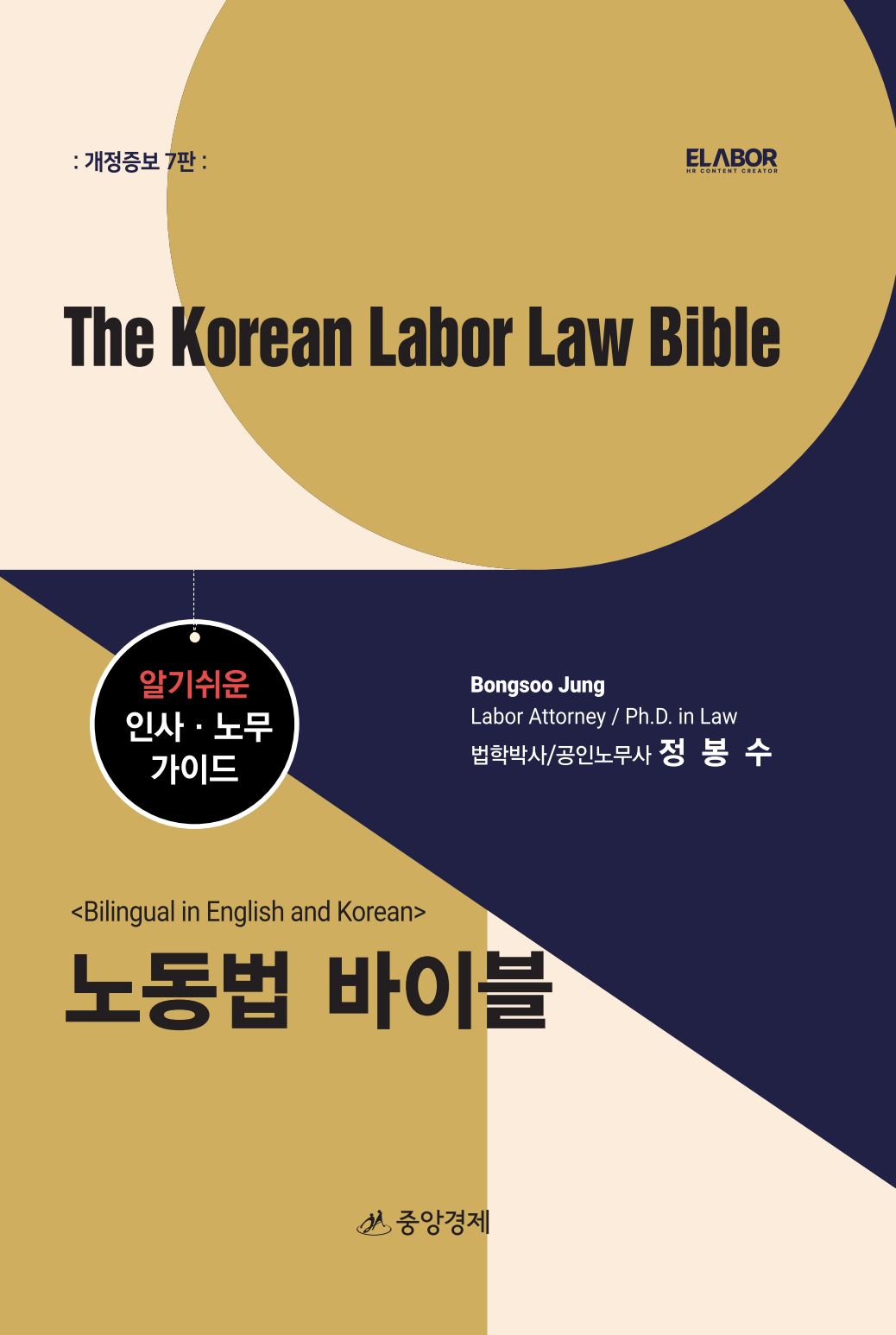 The Korean Labor Law Bible
The Korean Labor Law Bible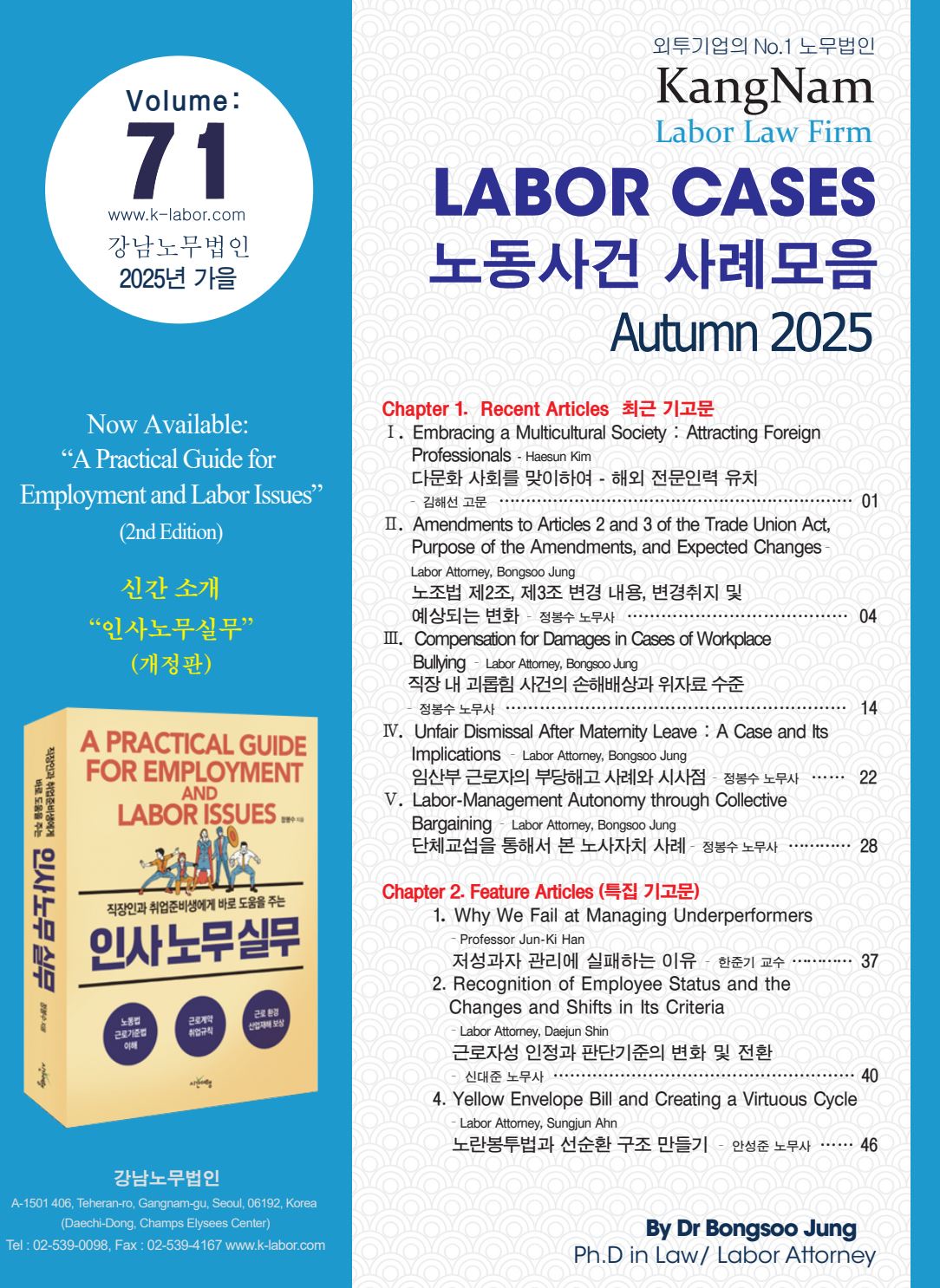 Quarterly Labor cases
Quarterly Labor cases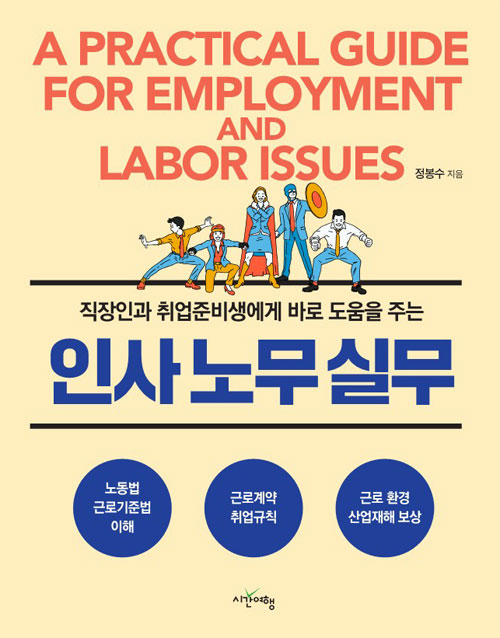 A Practical Guide for Employment and Labor Issues
A Practical Guide for Employment and Labor Issues HR&Labor Law Audits Manual
HR&Labor Law Audits Manual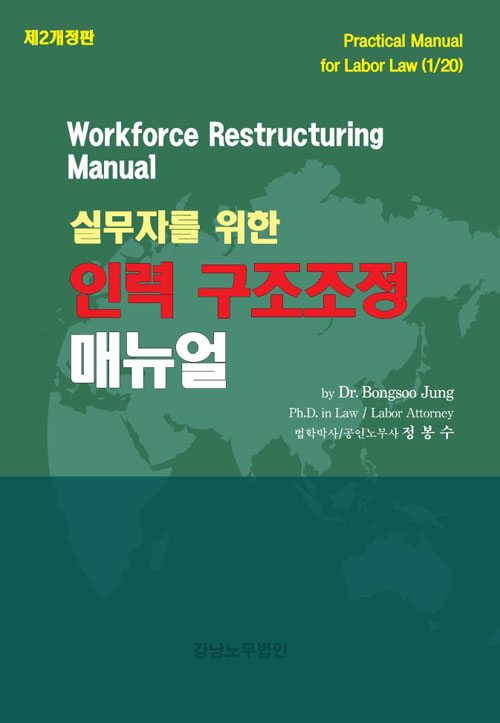 Workforce Restructuring Manual
Workforce Restructuring Manual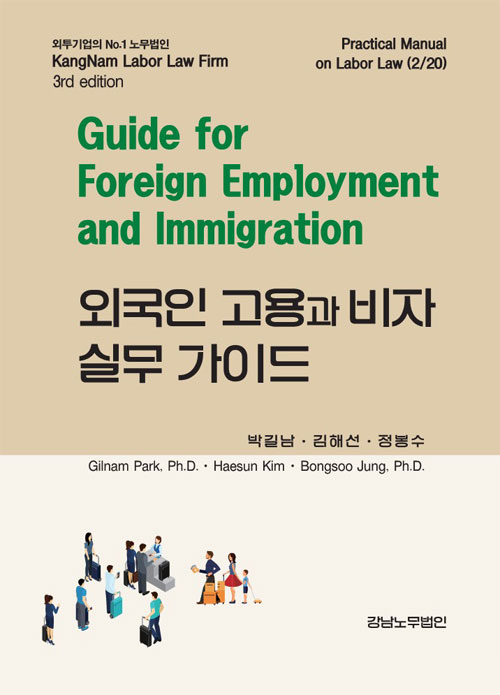 The Practical Guide for Foreign Employment and Immigration
The Practical Guide for Foreign Employment and Immigration Manual for Lawful Dismissal
Manual for Lawful Dismissal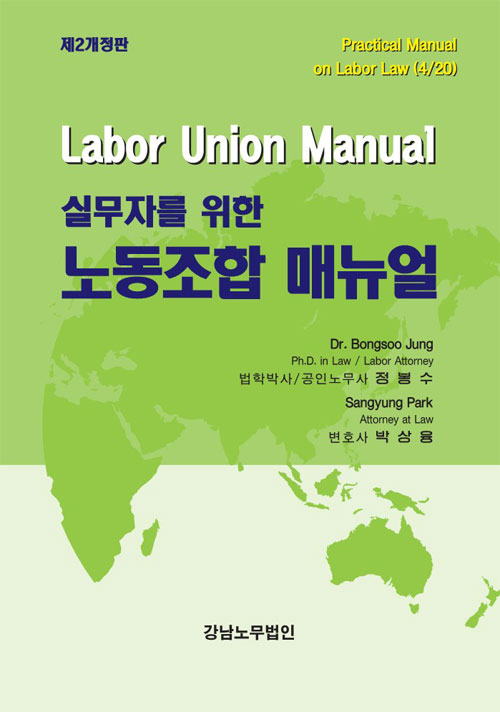 Labor Union Manual
Labor Union Manual Wage Manual
Wage Manual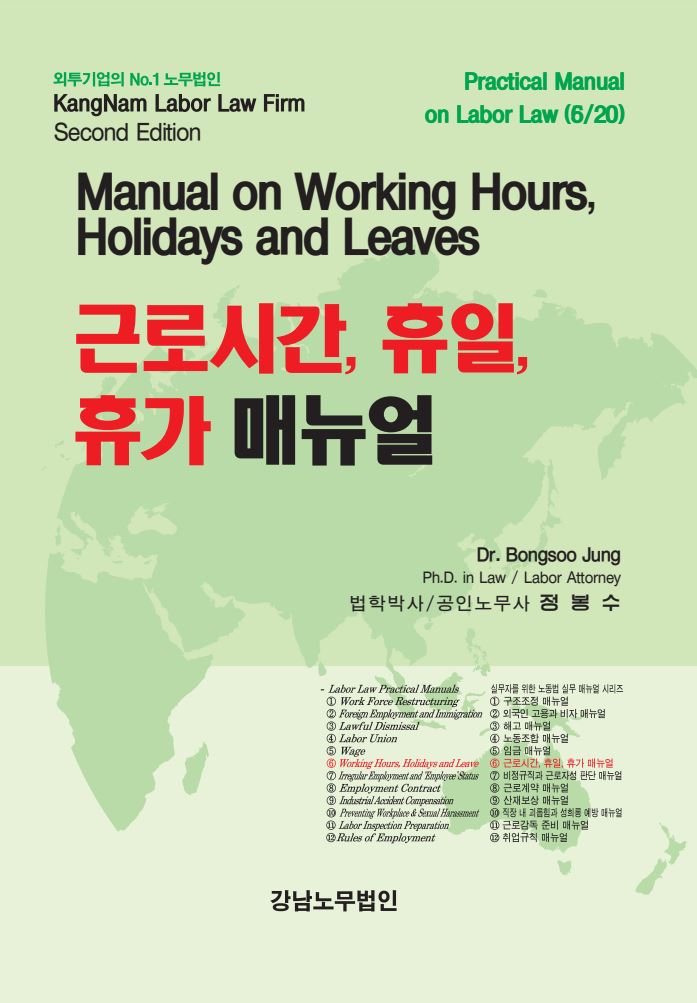 Manual of Working Hours, Holidays and Leaves
Manual of Working Hours, Holidays and Leaves Manual of Irregular Employment and "Employee' Status
Manual of Irregular Employment and "Employee' Status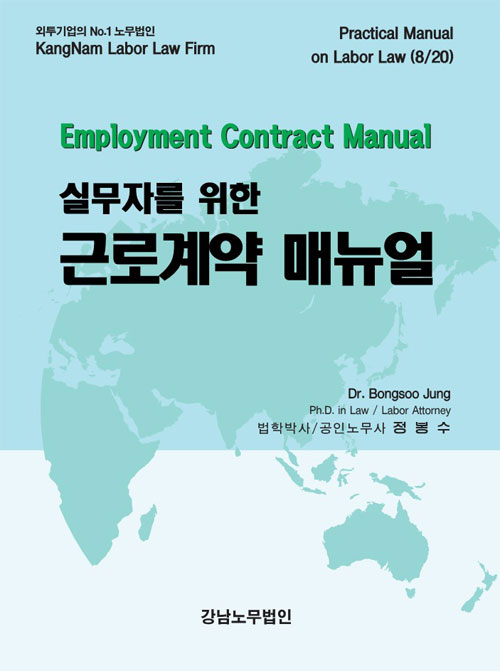 Employment Contract Manual
Employment Contract Manual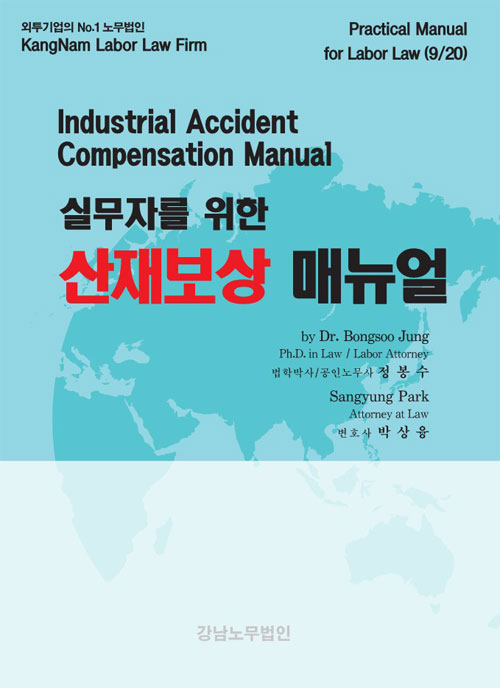 Industrial Accident Compensation Manual
Industrial Accident Compensation Manual Manual on Bullying and Sexual Harassment in the Workplace
Manual on Bullying and Sexual Harassment in the Workplace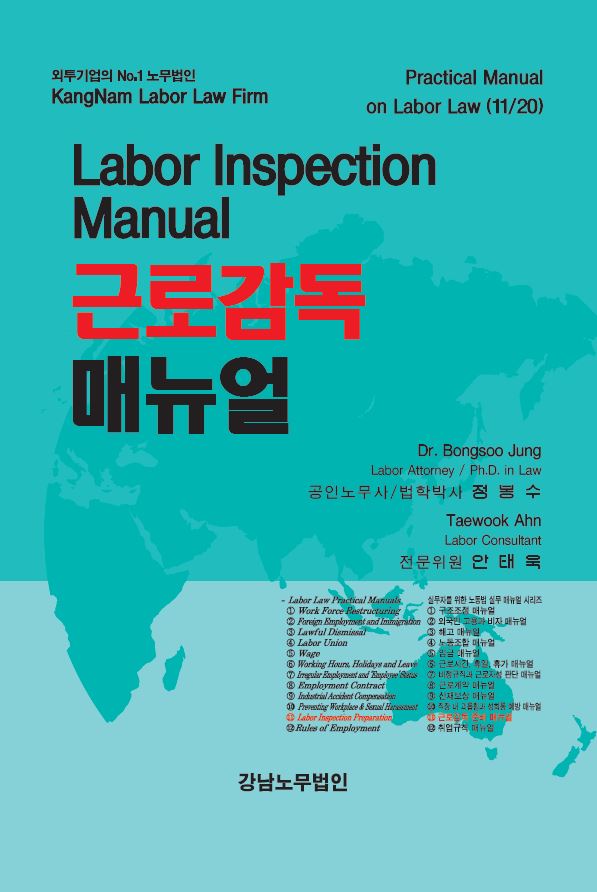 Labor Inspection Manual
Labor Inspection Manual

